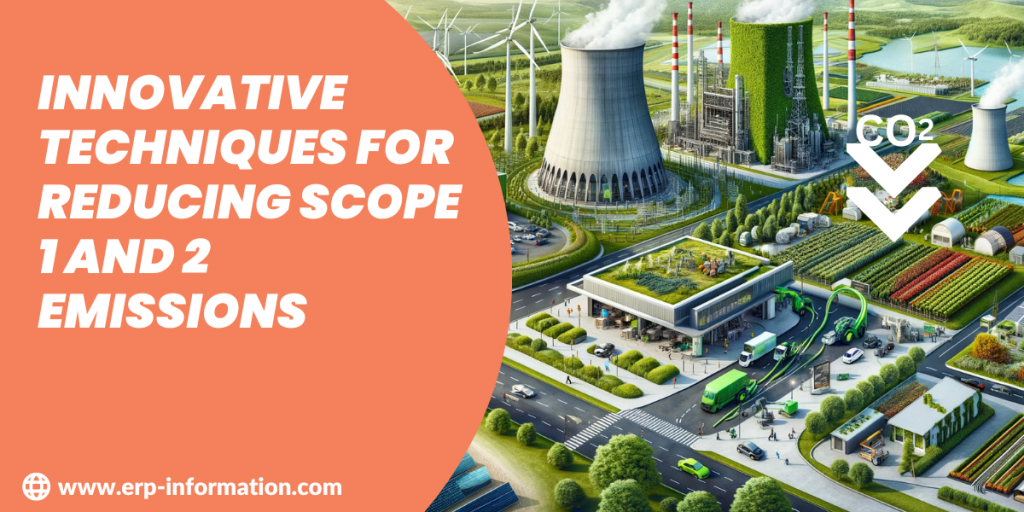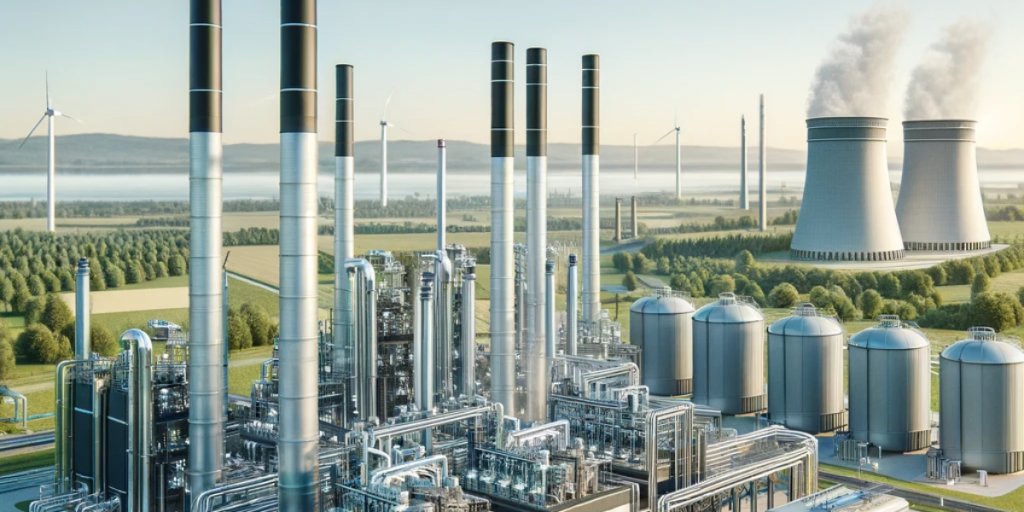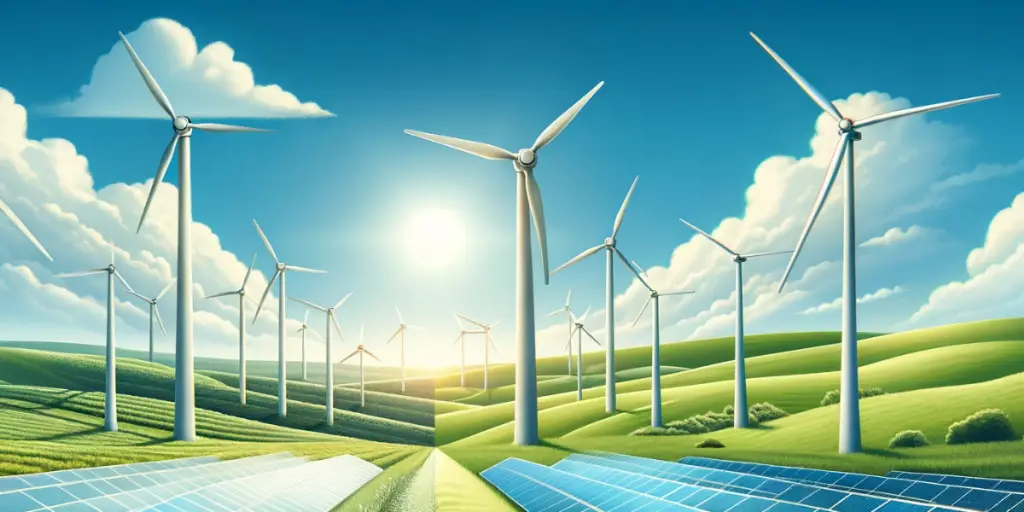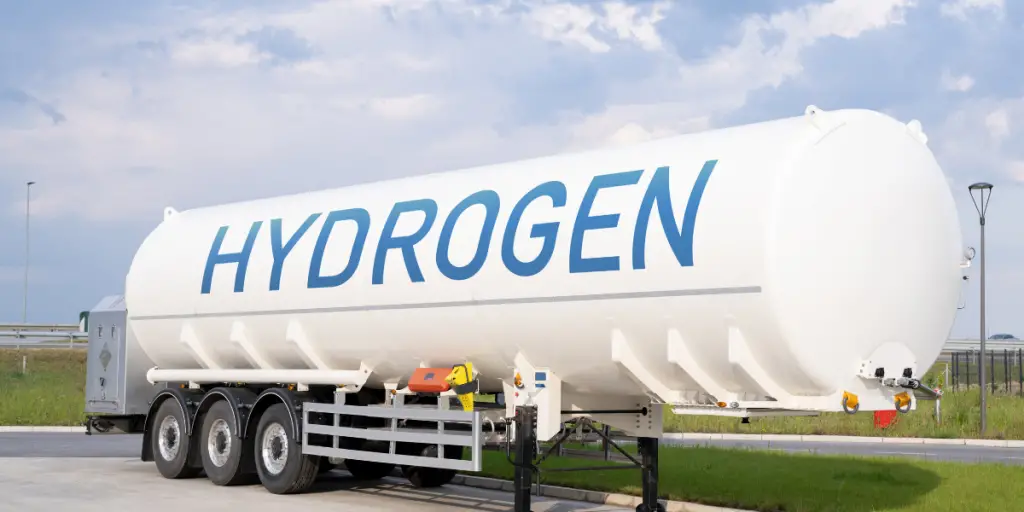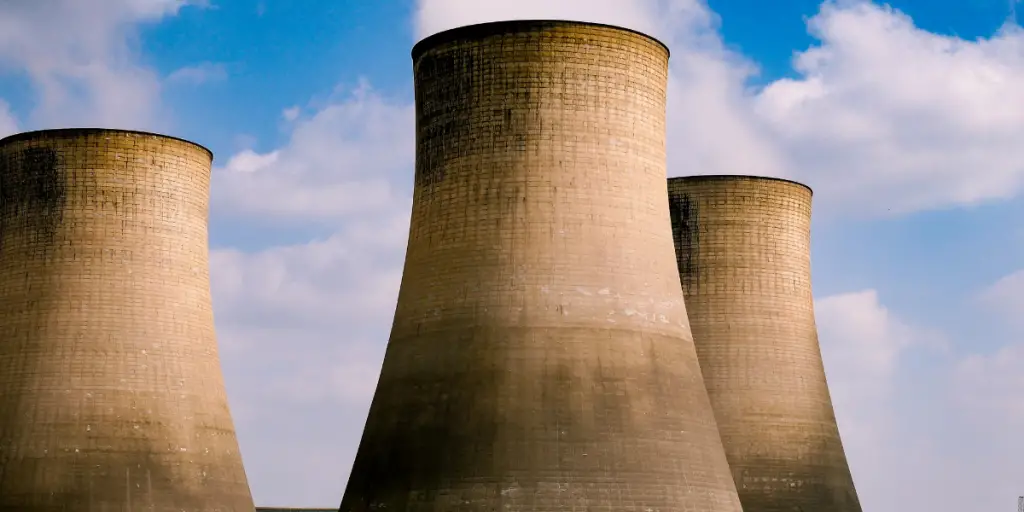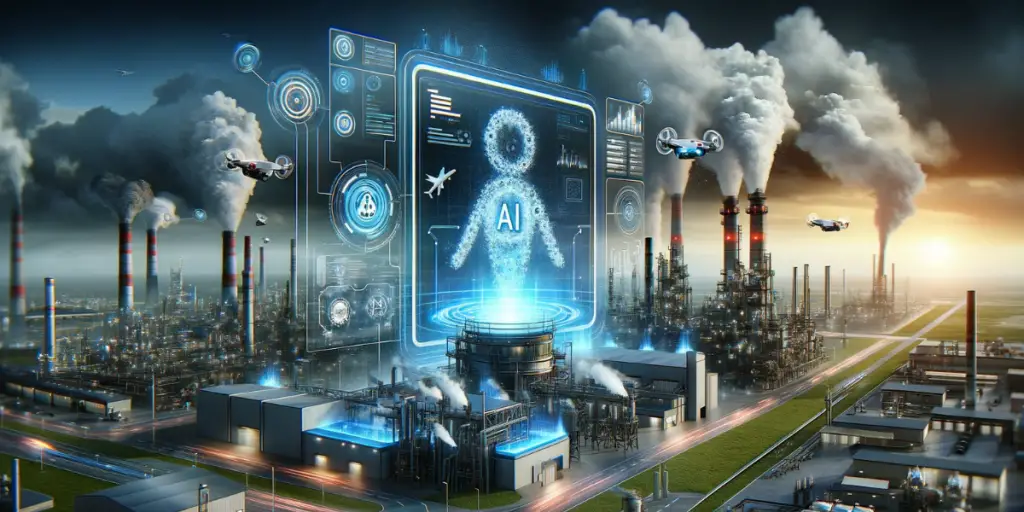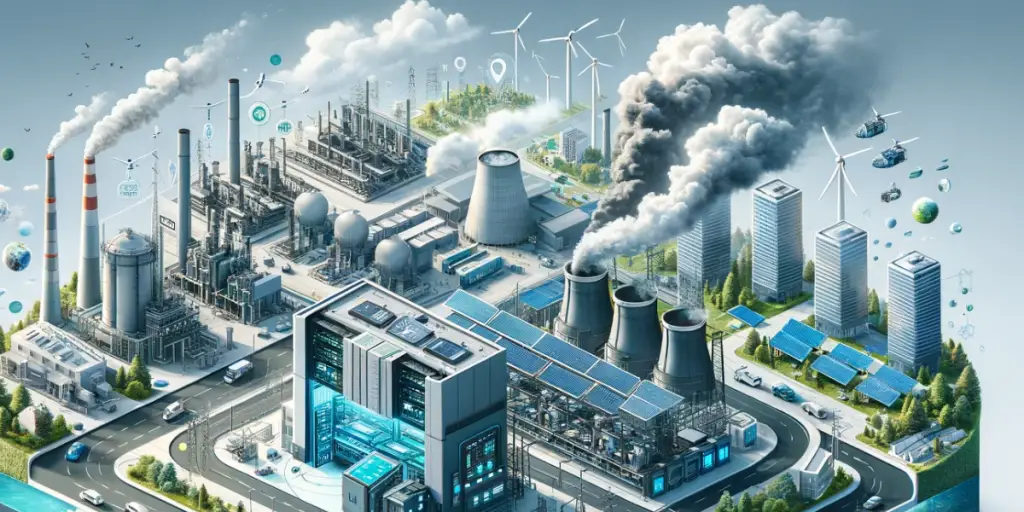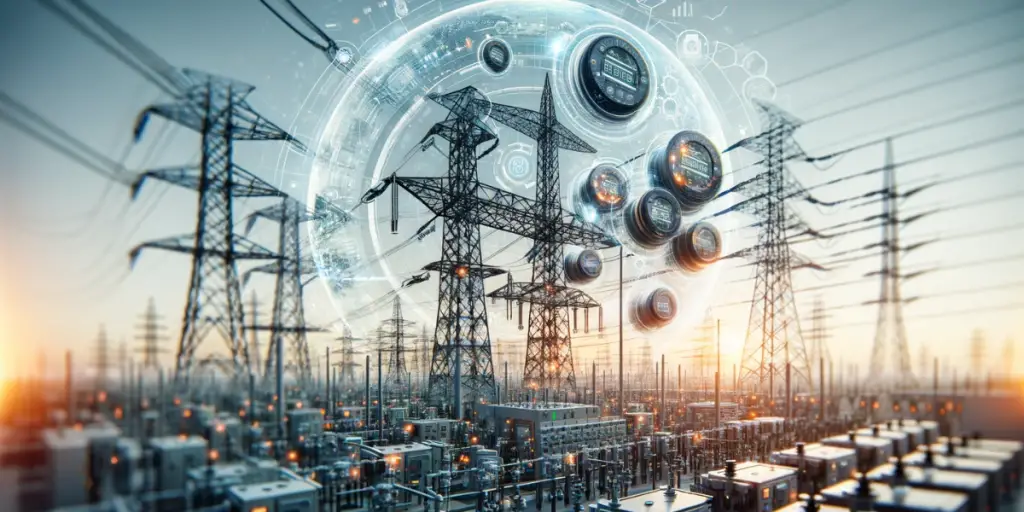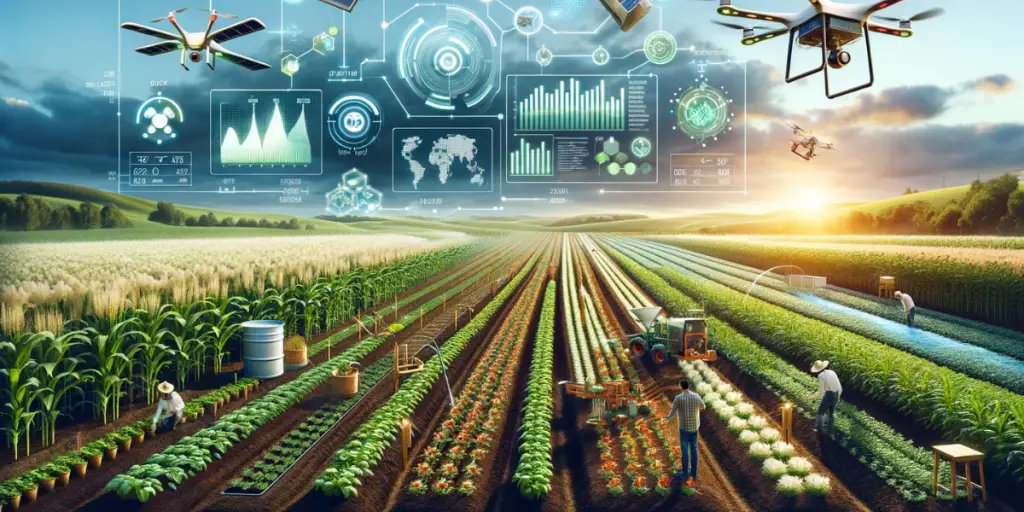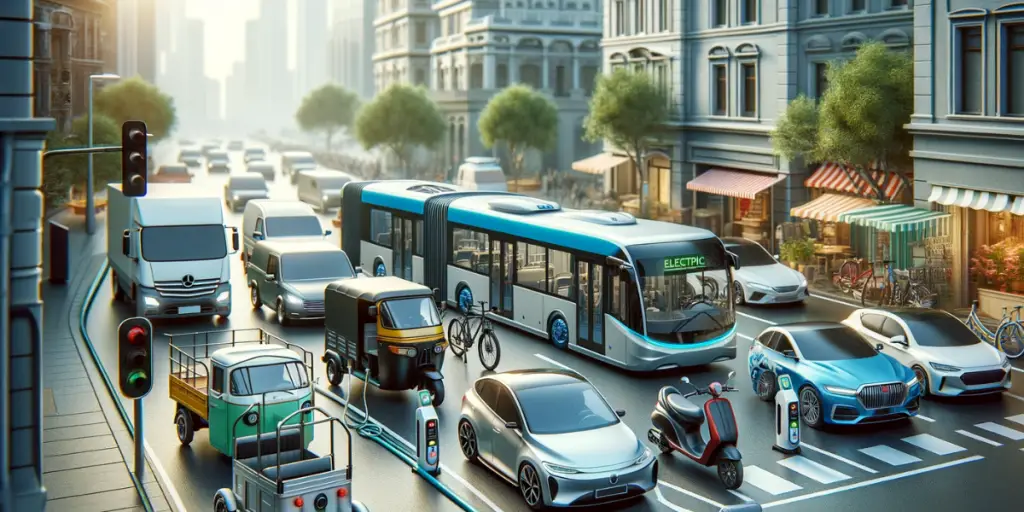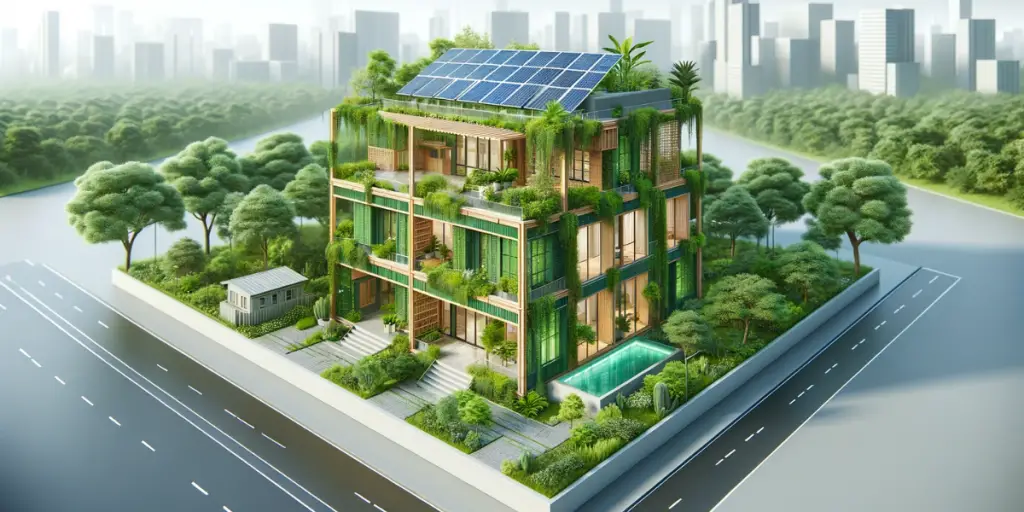Embracing a greener future is not just a choice; it’s a responsibility. As carbon emissions continue to cause great damage to our environment, industries play a crucial role in mitigating this damage.
By adhering to regulations and adopting innovative techniques, we can pave the way for a sustainable tomorrow.
This article will discuss the 11 innovative techniques for reducing scope 1 and 2 emissions. It will take you on an informative journey as it unveils new technologies that hold the key to reducing carbon emissions. Let’s learn together and take a step towards a healthier planet.
Several innovative technologies are being explored to reduce carbon emissions and mitigate the impact of climate change.
Here are some notable examples:
11 Innovative Techniques for Reducing Scope 1 and 2 Emissions
1. Carbon Capture and Storage (CCS)
CCS technologies play an important role in mitigating carbon dioxide (CO2) emissions by capturing and utilizing or storing them deep below the Earth’s surface.
CCS technology captures carbon dioxide (CO2) emissions produced from the use of fossil fuels in electricity generation and industrial processes.
2. Renewable Energy Sources
Transitioning to renewable energy sources such as solar, wind, and hydropower can significantly reduce reliance on fossil fuels, thereby lowering carbon emissions associated with energy production.
Harnessing power from the sun, wind, water, and other renewable sources generates electricity without emitting the greenhouse gases responsible for climate change.
3. Hydrogen Fuel Cells
Hydrogen fuel cells generate electricity by combining hydrogen and oxygen, producing water as a byproduct. This technology provides a clean energy alternative, particularly in the transportation and industrial sectors.
4. Advanced Nuclear Power
Advanced nuclear technologies, including small modular reactors and next-generation designs, offer a low-carbon energy source with improved safety features and reduced nuclear waste.
5. Artificial Intelligence for Energy (AI)
AI-driven solutions optimize energy consumption, predict demand, and enhance the efficiency of energy systems, contributing to overall carbon reduction. AI empowers industries to make informed decisions, fostering a sustainable revolution.
By intelligently managing resources and streamlining operations, artificial intelligence emerges as a transformative force, driving a low-carbon footprint across the industrial landscape.
6. Carbon Utilization
Turning carbon dioxide emissions from industries into useful products instead of letting them escape into the air is carbon utilization. This not only helps the environment but also opens up economic possibilities.
Get more information on Carbon Utilization and Big Data
7. Big Data
Big data helps reduce carbon emissions by analyzing a lot of information. It transforms raw data into actionable insights, enabling industries to make informed decisions that minimize carbon footprints.
In essence, big data becomes a powerful ally in the quest for sustainability, driving smarter choices and paving the way for a greener future.
8. Smart Grids and Energy Storage
Smart grids bring environmental benefits, supporting sustainability goals and lessening the environmental impact of traditional grids. They boost energy distribution efficiency, integrate renewable sources better, and decrease reliance on fossil fuel backups.
9. Sustainable Agriculture
Sustainable agriculture techniques play a vital role in carbon reduction by promoting practices that enhance soil health, reduce emissions, and sequester carbon. Methods such as agroforestry, cover cropping, and precision farming optimize resource use, minimize chemical inputs, and promote carbon sequestration in soils.
By prioritizing sustainable practices, agriculture becomes a powerful ally in mitigating climate change, fostering a balance between food production and environmental stewardship.
Get more information on Sustainable Agriculture and Transport
10. Electric Vehicles and Sustainable Transport
Electric Vehicles (EVs) and sustainable transport significantly cut down Scope 1 and Scope 2 carbon emissions. EVs directly reduce Scope 1 emissions by eliminating tailpipe pollutants.
Sustainable transport, incorporating EVs and efficient public transit, reduces Scope 2 emissions by decreasing reliance on fossil-fuel-powered transportation methods. Together, they drive us towards a cleaner, greener future.
11. Green Building Technologies
Green buildings contribute significantly to carbon emission reduction through energy-efficient designs, sustainable construction materials, and smart technologies. These structures minimize energy consumption, utilize eco-friendly materials, and employ advanced systems for optimal resource utilization.
By prioritizing environmental considerations in both construction and operation, green buildings become key players in mitigating the carbon footprint of the built environment, fostering a more sustainable and eco-friendly urban landscape.
Conclusion
We’ve explored a range of solutions from Carbon Capture and Storage (CCS) to Electric Vehicles (EVs), renewable energy sources, and sustainable agriculture practices. Each of these technologies not only represents a step towards a more sustainable future but also showcases the ingenuity and commitment of our global community in addressing climate change.
